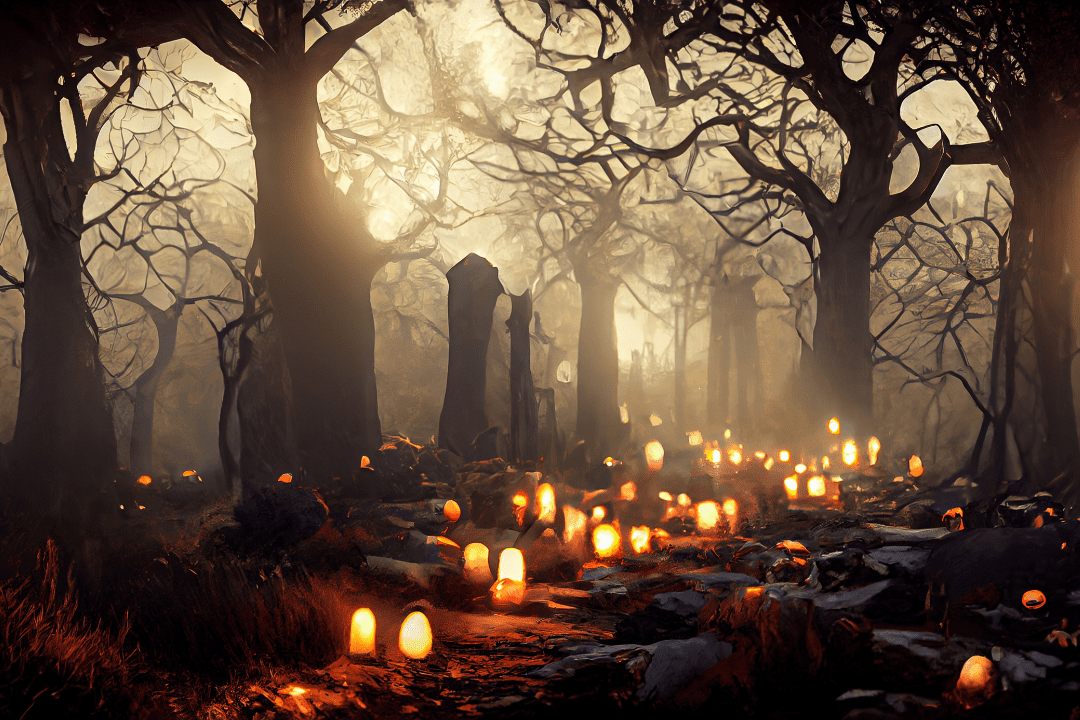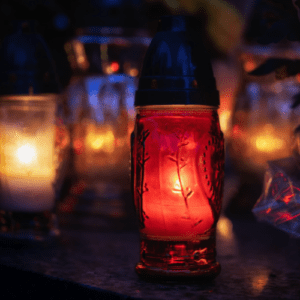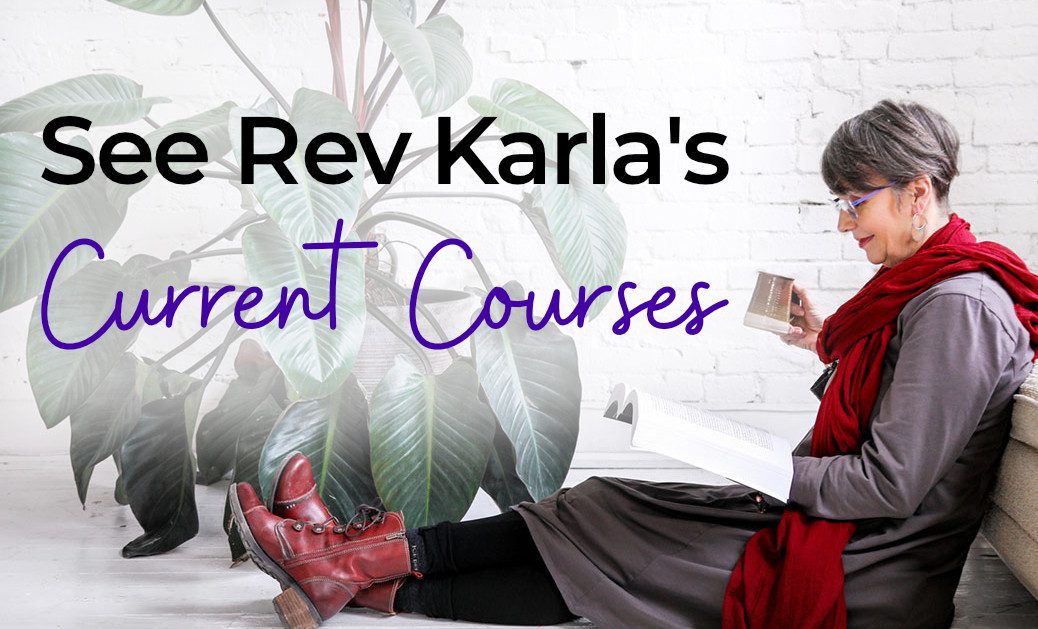
Honoring What Was
Unveiling the History Behind Halloween and a Fusion of Sacred Traditions
Read Time: 3 Mintues
“It’s time to close some tabs, Karla.”
That thought often arises in the wee hours when I awaken for an early morning round of writing only to find my computer is unresponsive, a victim of being plunged into a processor overload due to the—woah—80+ tabs left open from the prior day’s research. Within these tabs lies the history that builds the bridges between our history and its relevance to our lives today.
This week’s teaching theme—honoring what was—is no exception for this research journey. Although October 31 is one of the most loved family traditions, the distraction around costume creations, trick-or-treating plans and the search for the most delightful of treats to offer the revelers could mean we miss the wisdom this week is offering us.
Pause with me as we visit our ancestors and the sacredness—of all things—Halloween.
There are many paths of rituals and traditions in human history that converge to cross the bridge to our modern day Halloween traditions. One of those paths began thousands of years ago in Ireland, England, Scotland and Northern Europe, where a Celtic festival known as Samhain (pronounced saw-win) began.
Samhain, meaning “end of summer,” was a celebration marking the end of harvest and the time to prepare for winter. The veil between the physical and mystical realms was believed to be thin on this night, so bonfires were built to ward off evil spirits and vigils were held to invite the ghosts of loved ones to visit. The festival focused primarily on the arrival of the darkness. 
There was no escaping what would come whether they were prepared or not. The Celts believed they became empowered by embracing the earth’s turn to the cold and defending themselves from the spirits that would seek to do them harm.
In the 6th century, Pope Gregory I did not attempt to hide his intention of creating a Christian holiday that would replace Samhain. In a letter he suggested that a holiday be named on November 1 that would correspond with a “non-Christian” event. The Christian holiday would be called “All Saints’ Day” to honor the saints of the Catholic Church. The day after All Saints’ Day would be All Souls’ Day, recognizing loved ones who had died.
All Saints’ Day encouraged celebration the previous night, similar to Samhain, with bonfires, costumes and parades. The Christian holiday became known as All-Hallows Eve that eventually blended into one word—Halloween. As is common with other religious holidays, such as Easter and Christmas, All Saints’ Day and Samhain became secularized as people migrated to other countries, bringing with them their traditions and beliefs that blended into a beautiful melting pot of Halloween traditions.
Returning to this bridge that brings us to our current Halloween rituals, the Holy is inviting us to pause a while longer and receive the wisdom of our ancestors’ traditions during this sacred season.
Samhain may have delighted the senses with its bonfires and dancing, but more importantly, it provided the sacred bookend to the seasonal calendar that officially ended the season of harvest and prepared the soul for the months of cold and darkness that was coming.
In ancient times, that season of cold and darkness would have been less predictable and definitely less comfortable than today, where we can simply click a button to increase the warmth on a long, winter’s night. Samhain was a reminder that life hung in the balance between a bountiful harvest and the cruelty of winter.
It was also a reminder that regardless of how much we think we are in control, nothing stays the same. In some ways, our current state of comfort creates a false sense of control that is truly not the human condition—the condition that everything is in a constant state of change and nothing lasts forever.
The church’s addition of All Saints’ Day and All Souls’ Day to the season of Samhain peppered in a religious relevance to the sacredness of this season.
But the sacred was already here...
Dance, Beloved, for tomorrow the darkness comes. A state of gratitude can be attained only when we balance living in the present by pausing to honor what was.
As I finish this writing at 4:15 a.m., I can hear the much needed rain gently falling. I pause to close the tabs that will lighten the load on this overworked computer, and I pause to welcome this rain that will nourish the ground before the darkness comes.
May Samhain remind you to honor what was.
May this Halloween be filled with joy-filled memories.
May your sacred traditions bless and prepare you for the change of seasons in your life.
Looking to further your healing journey? Rev Karla understands that everyone’s spiritual journey is unique and deeply personal, that is why we offer communities for those desiring a safe and supportive environment.  Engage with like-minded souls, and embark on a sacred journey of deconstruction, spiritual growth, and healing. Visit us online to join a community or Live event that speaks to you. Also, you can download Rev Karla’s latest resource guide: Deconstructing Christianity.
Engage with like-minded souls, and embark on a sacred journey of deconstruction, spiritual growth, and healing. Visit us online to join a community or Live event that speaks to you. Also, you can download Rev Karla’s latest resource guide: Deconstructing Christianity.


